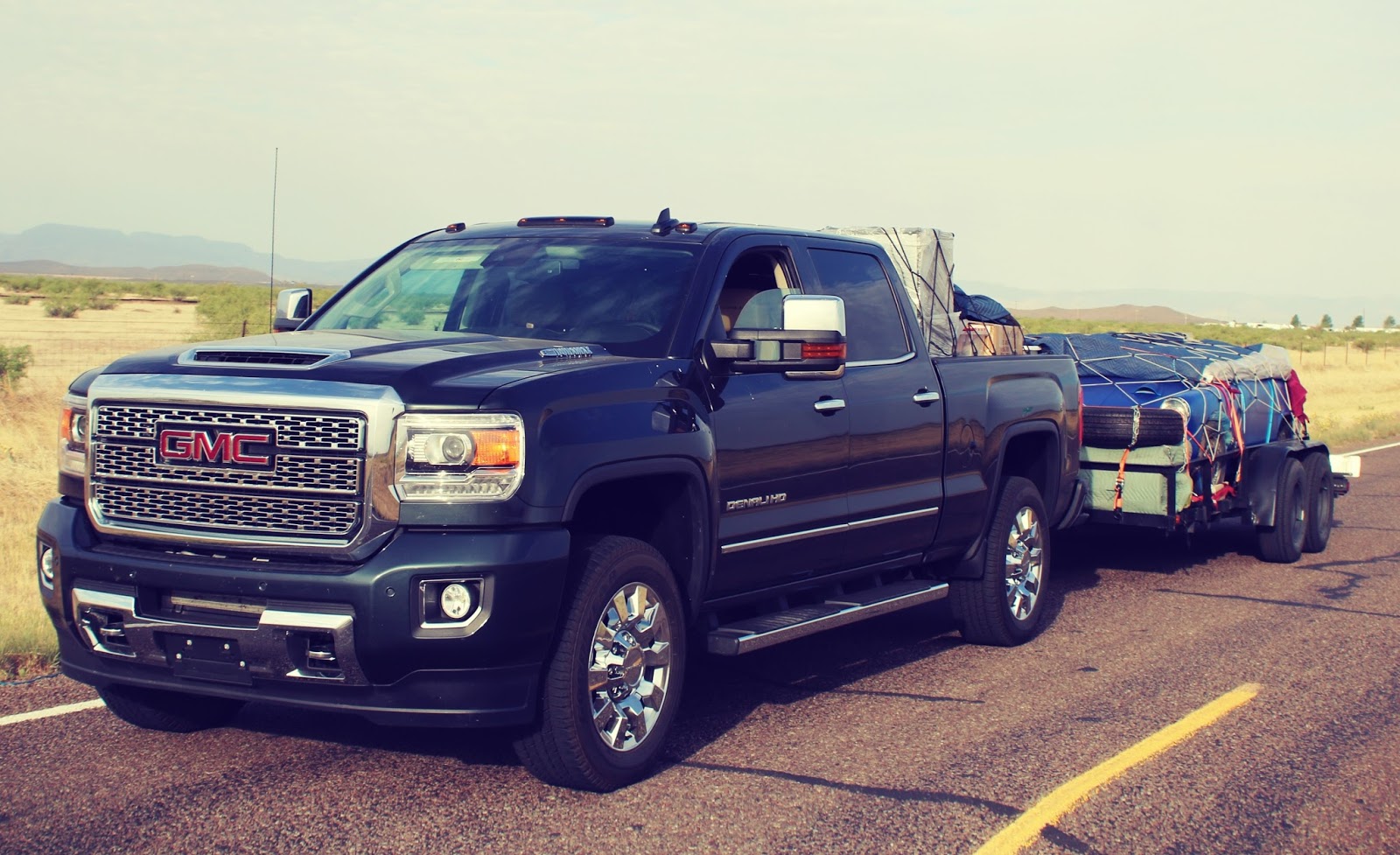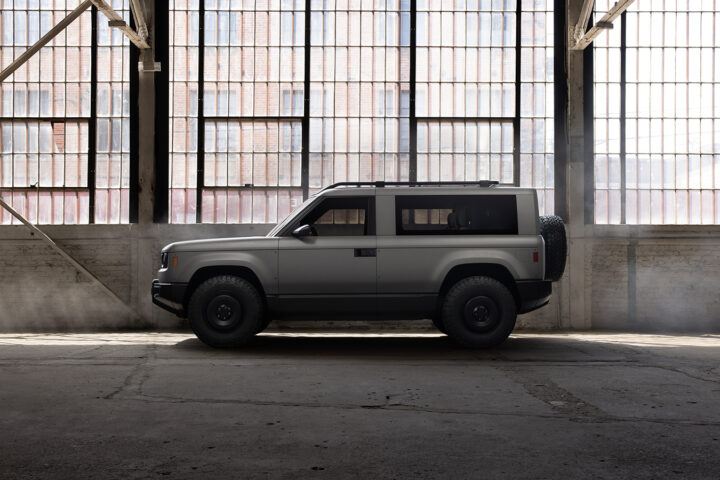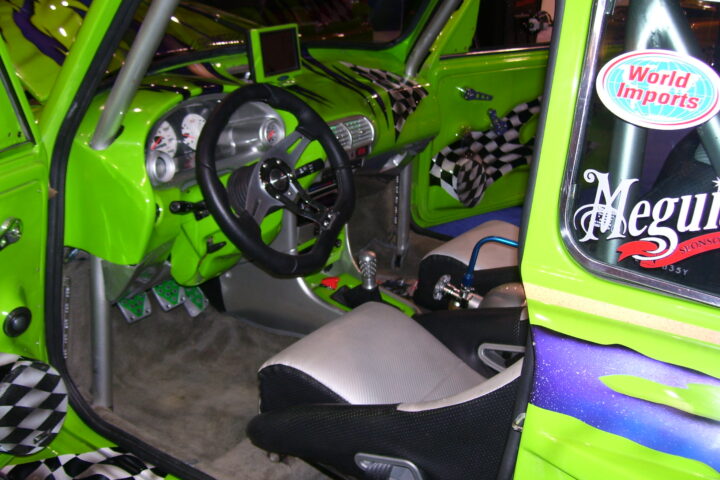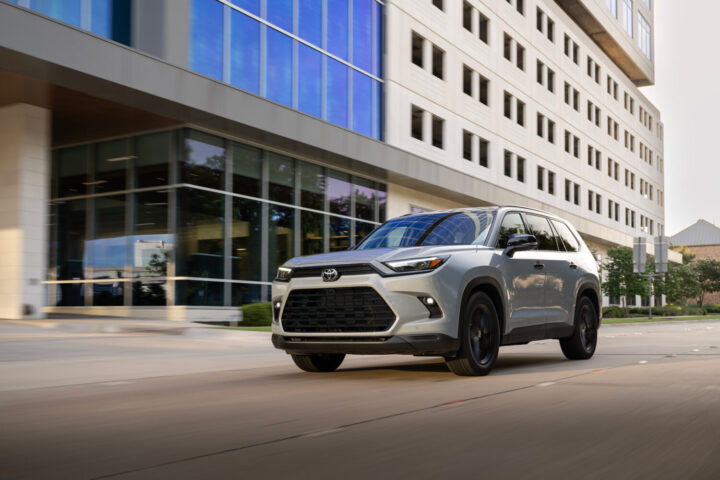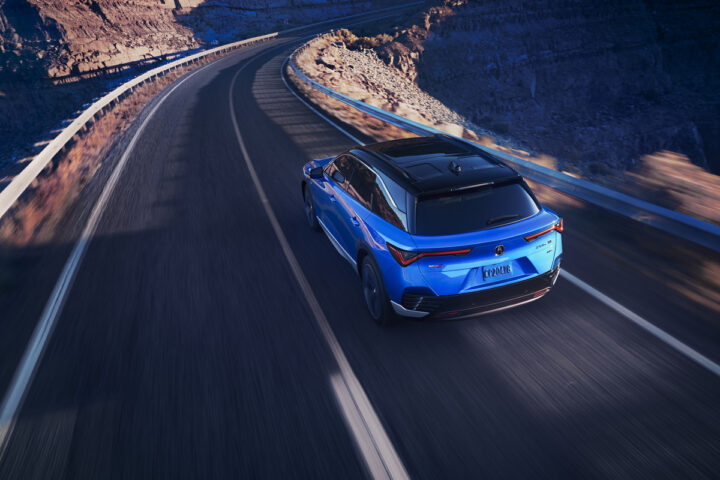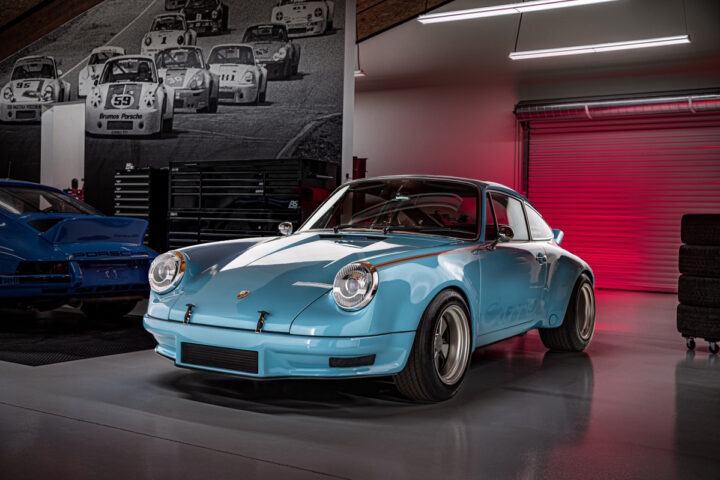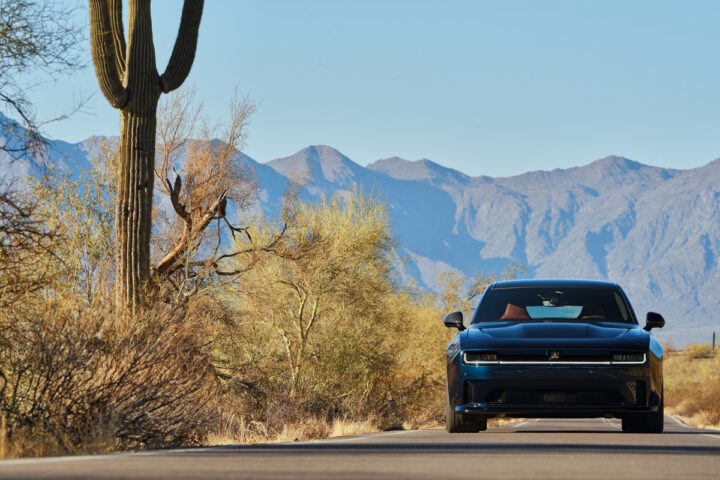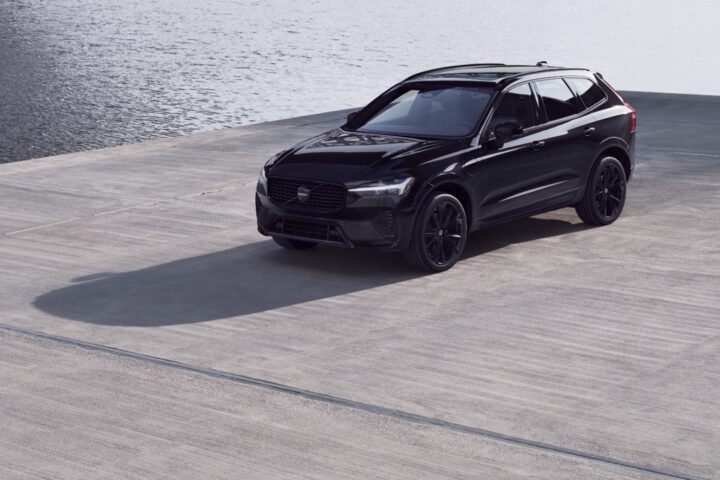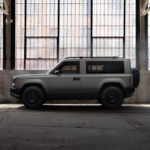Packing up and moving across town or across the country is always a monumental task and it is often the first time that many people have a need to drive a large truck or tow a trailer. But whether you are moving to a new state 1,400 miles away like me, or you have just purchased your first boat, camper trailer, or race car trailer towing can be intimidating, but it doesn’t have to be. Once you get the basics it becomes second nature, here is what you need to know before you tow.
1. Can I tow with the vehicle I already own, and if it can, how much weight can it tow?
Almost every car, truck, or SUV can tow, but how much weight they can tow is another story. Even some hybrid vehicles can tow limited weight. If your vehicle has a factory tow package the owner’s manual will tell you how much weight you can safely tow. If your vehicle has an aftermarket hitch added to it you should be cautious and consult the manufacturer of the hitch for the towing capacity recommendations.
Most factory towing packages include much more than a tow hitch receiver, they often will include a larger radiator, transmission, and oil coolers, a standard plug for the trailer lights, and other equipment for towing safely. Aftermarket hitches may simply be added on to the vehicle without adding any of the additional cooling or safety features.
The GMC Sierra 2500HD Denali that I drove was built to tow, so it included integrated towing systems like built in trailer brakes, tow/haul mode, trailer mirrors, it even has a provision for a bed-mounted 5th-wheel hitch mount. If you plan on doing a lot of towing, be sure to look into purchasing a purpose-built vehicle like a heavy-duty truck.
Some Key Phrases You Should Know.
Max tow rating:
The maximum total weight recommended by the vehicle makers that a particular vehicle can tow safely.
Gross vehicle weight rating (GVWR):
The maximum weight of the fully-loaded vehicle, including passengers, fuel, cargo, and the tongue weight (the weight that is resting on the hitch). This should be on a tag in the driver’s side door jamb.
Gross trailer weight rating (GTWR):
The maximum weight that the manufacturer of your trailer has determined is safe for the make and model of your trailer. This weight includes the weight of the trailer and anything you are hauling in the trailer. This info should be on a metal plate attached to the trailer frame.
Gross combined weight rating (GCWR):
The maximum weight of the fully-loaded vehicle and trailer combined. If you are worried about going over this limit stop off at the local scales and get your total rig weighed.
Gross axle weight rating (GAWR):
The maximum weight a single trailer axle can safely carry.
2. Knowing the basic equipment.
The receiver is attached to the vehicle frame, this can be part of a factory tow package or one that has been added to the vehicle after the fact. The hitch is what slides into the receiver and is what the ball attaches to. Depending on the weight capacity there are different sizes of receiver, hitch, and ball. The different sizes are called ‘Classes’ with Class 1 being the smallest and Class 5 being the largest.
Class 1
| Opening Sizes | GTW | Tongue Weight Capacity |
|---|---|---|
| 1-1/4″ | 2,000 lbs | 200 lbs |
Class 2
| Opening Sizes | GTW | Tongue Weight Capacity |
|---|---|---|
| 1-1/4″ | 3,500 lbs | 350 lbs |
Class 3
| Opening Sizes | GTW | Tongue Weight Capacity |
|---|---|---|
| 2″ | 3,500-6,000 lbs | 350-600 lbs |
Class 4
| Opening Sizes | GTW | Tongue Weight Capacity |
|---|---|---|
| 2″ | 6,000-10,000 lbs | 600-1,000 lbs |
Class 5
| Opening Sizes | GTW | Tongue Weight Capacity |
|---|---|---|
| 2-1/2″ | Over 10,000 lbs | 1,000-1,200 lbs |
Class 2 & 3 are the most commonly used with passenger cars, SUVs, and trucks, but be sure to check that you have purchased the correct receiver.
The ball also comes in a variety of sizes, including 1-7/8″, 2″, 2-5/16″, and 3″ with the 2″ being the most commonly used. Getting the correct ball size is important as this is what the trailer couples to.
The safety pin is what holds the hitch in the receiver, the most common is a simple metal pin with a cotter pin to keep it from sliding back out. You can also purchase locking versions that require a key to remove.
Every trailer should have a pair of safety chains attached to it. If yours does not, buy a set and attach them immediately. The chains are important in the case of trailer becomes detached from the ball or receiver, this will give you a chance to regain control of the trailer and prevent it from drifting into other lanes. Always be sure to cross the chains under the hitch to make an X pattern, this is to help keep the tongue of the trailer from slamming into the ground and will give you better control in an emergency situation. Also, make sure that the chains are not dragging as you drive down the road according to the U.S. Forest Service, sparks from dragging chains have been known to cause wildfires.
If your car has a factory tow package it will likely have a simple plug for the trailer lights, however, there are a few different connectors on the market so your vehicle may have one style of plug and the trailer may have another. If that is the case every major auto parts store and trailer supply retailer sells adaptors to make hooking up simple. If your car doesn’t have a provision for trailer wiring, you will have to tap into your vehicle’s electrical system.

